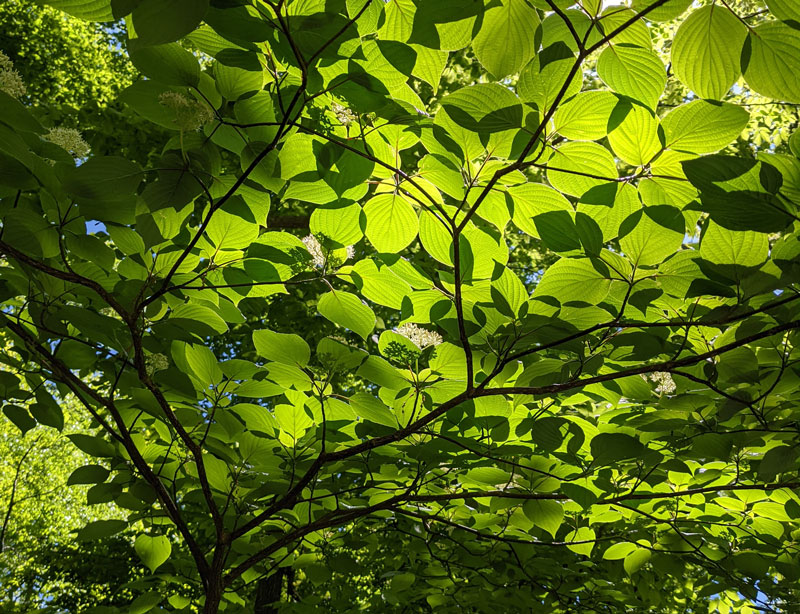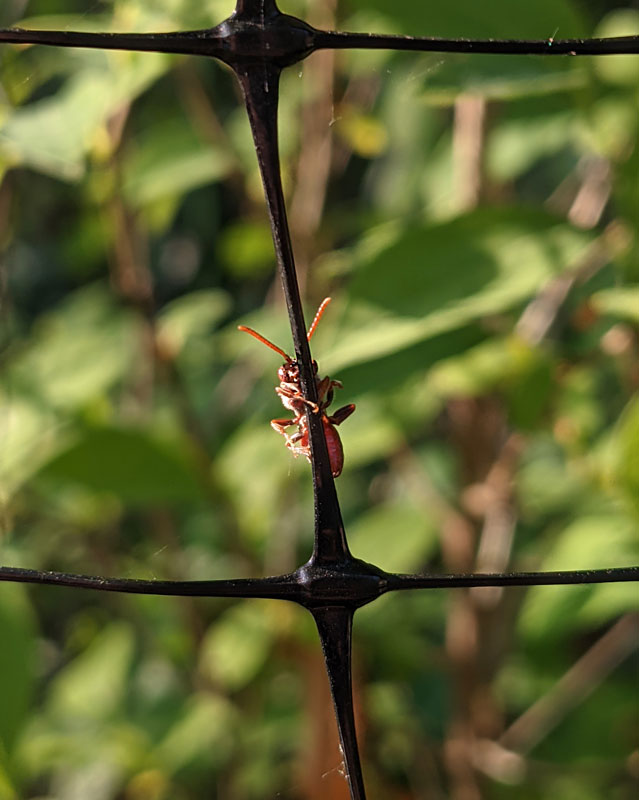I am privileged to be surrounded by nature in both my personal and professional lives. It’s a delight to find some new (to me) event or process unfolding outside: watching certain trees leaf out before others in the spring, or the dance between bees and butterflies as they jockey for position over a flower.

That’s why I am excited to be a part of Transition Town Media’s new working group, Protecting Media’s Biodiversity. We are publishing twice-monthly blog posts topical to nature in Media and its surroundings. For example, please see our working group’s founder’s post about challenges facing our nation’s bird life, as well as a post about the problems a persistent weed poses to our woods and gardens. We will also organize events to engage the public in appreciating and supporting the nature around them. The webinar that we held in April was the first of hopefully many of these.
First, though, let’s answer a couple of questions: what is biodiversity? And why should we care about it in the Media area?
What is biodiversity?
Biodiversity simply refers to the variety of life in an area. The American Museum of Natural History defines it more completely:
Biodiversity (from “biological diversity”) refers to the variety of life on Earth at all its levels, from genes to ecosystems, and can encompass the evolutionary, ecological, and cultural processes that sustain life.
These life-sustaining processes result from countless interactions between organisms and their environment. Those organisms and their interactions within a given environment make up an ecosystem.
So far, so good – we’ve reviewed the content of our grade school biology classes. But why should we care about our local ecosystems and our area’s biodiversity?

The case for local biodiversity
In the book, The Living Landscape, professor and author Doug Tallamy, PhD, writes that decades of research connect an ecosystem’s biodiversity to both its function (how well it processes energy, produces goods like food and medicine or services like pollination and water filtration, etc.) and its stability (how well it recovers from a disturbance like a hurricane, for example). He states, “We still do not know the exact shape of the relationship [between ecosystem function and the number of species within], but consensus is growing that ecosystem function increases directly with the number of species in an ecosystem” (Darke and Tallamy 99-100*). The greater an area’s biodiversity, the better its ecosystems will function, and the more we can benefit from ecosystem services. There is also intrinsic value to healthy ecosystems, beyond how they benefit us.
Many of us are aware of the value of biodiversity hotspots like the Amazon rainforest as global sources of oxygen, weather regulation, and medicine. But how many of us appreciate the roles our local forests play in filtering the water we drink, and in removing pollutants from the air we breathe? Do we value an overgrown field as habitat to the animals that control our garden pests and bring us joy? Numerous local ecosystems – forests, streams, wetlands, our own backyards – contribute daily to our quality of life here in Delaware County. Their ability to function, and their stability in the face of events like severe weather, depends on the species that inhabit them. We benefit when our local biodiversity is high.


Above: Solomon’s Seal (Polygonatum sp.), Rue Anemone (Anemonella thalictroides), and Showy Orchid/ Showy Orchis (Galearis spectabilis) are only three wildflower species out of many that make up a diverse tapestry in the understory of a Chester County woodland.
Biodiversity at Home
The natural events we witness are part of a complex web of processes that benefit our well-being. We can all take steps to improve our local biodiversity, which will benefit our local ecosystems and, directly or indirectly, ourselves. And that is something all of us – not just nature nerds like me – can get behind.
*Citation:
Darke, Rick, and Doug Tallamy. The Living Landscape: Designing for Beauty and Biodiversity in the Home Garden. Timber Press, 2014.

Leave a Reply